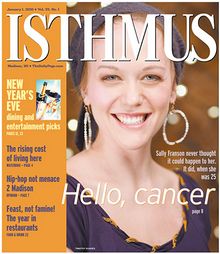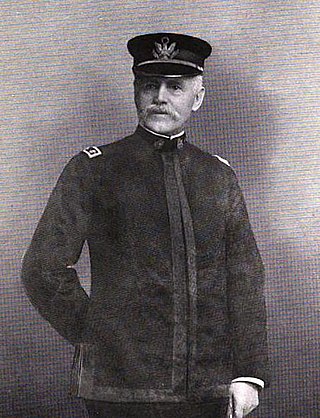
The Universities of Wisconsin is a university system of public universities in the U.S. state of Wisconsin. It is one of the largest public higher-education systems in the country, enrolling more than 160,000 students each year and employing approximately 41,000 faculty and staff statewide. The system is headquartered in the state capital of Madison.

Wisconsin Public Radio (WPR) is a network of 38 public radio stations in the state of Wisconsin. WPR's network is divided into two distinct services, the WPR News Network and the WPR Music Network.

The University of Wisconsin–Parkside is a public university in Somers, Wisconsin, United States. It is part of the University of Wisconsin System and has 4,644 students, 161 full-time faculty, and 89 lecturers and part-time faculty. The university offers 33 undergraduate majors and 11 master's degrees in 22 academic departments. UW–Parkside is one of two universities in the UW System not named for the city in which it is located, the other being UW–Stout. It is accredited by the Higher Learning Commission.

The University of Wisconsin–Milwaukee is a public urban research university in Milwaukee, Wisconsin, United States. It is the largest university in the Milwaukee metropolitan area and one of the two doctorate-granting research universities of the University of Wisconsin System.

The National Press Club is a professional organization and social community in Washington, D.C. for journalists and communications professionals. It hosts public and private gatherings with invited speakers from public life. The club also offers event space to outside groups to host business meetings, news conferences, industry gatherings, and social events. It was founded in 1908.

Georgette Louise Meyer known as Dickey Chapelle was an American photojournalist known for her work as a war correspondent from World War II through to her death in the Vietnam War.

The Daily Cardinal is a student newspaper that serves the University of Wisconsin–Madison community. One of the oldest student newspapers in the country, it began publishing on Monday, April 4, 1892. The newspaper is financially and editorially independent of the university.
WORT is a listener-sponsored community radio station, broadcasting from 118 S. Bedford St. in Madison, Wisconsin, United States. WORT offers a range of programming.
Wisconsin State College of Milwaukee was a predecessor institution of the University of Wisconsin–Milwaukee.

Isthmus is a free alternative newspaper based in Madison, Wisconsin (US). Founded by Vince O'Hern and Fred Milverstedt in 1976, the paper is published monthly on the first Thursday, with a circulation of 35,000. In 2020 the newspaper became a nonprofit, joining a growing number of local news outlets turning to community support to fund operations. Isthmus offers local news, opinion, sports and coverage of the arts, dining and music scenes.
Rashard Nathan Griffith is an American former professional basketball player.

The University of Wisconsin–Madison is a public land-grant research university in Madison, Wisconsin, United States. It was founded in 1848 when Wisconsin achieved statehood and is the flagship campus of the University of Wisconsin System. The 933-acre (378 ha) main campus is located on the shores of Lake Mendota and includes four National Historic Landmarks. The university also owns and operates the 1,200-acre (486 ha) University of Wisconsin–Madison Arboretum 4 miles (6.4 km) south of the main campus.

Jerome Anthony Watrous was an American journalist, historian, and soldier. He served with the Iron Brigade of the Army of the Potomac throughout the American Civil War, and later served one term in the Wisconsin State Assembly.
The School ofJournalism & Mass Communication (UWSJMC) is the journalism school of the University of Wisconsin–Madison. Located in Vilas Communication Hall, the School offers two undergraduate programs, two Master of Arts programs in Journalism, and a doctoral program.
Mike Beacom is a professional and college football writer, and the former president and chairman of the Fantasy Sports Writers Association (FSWA).
Susan Zaeske is Professor of Rhetoric and Public Culture in the Department of Communication Arts and Arts and was formerly Associate Dean for Arts and Humanities in the College of Letters & Science at the University of Wisconsin-Madison.
Frederica Freyberg is an American television anchor and producer who currently hosts Here and Now on PBS Wisconsin.
Margo Huston is an American reporter. She won the 1977 Pulitzer Prize for Breaking News Reporting while working at the Milwaukee Journal Sentinel.
Ione Marie Quinby Griggs (1891-1991) was a crime journalist for the Chicago Evening Post and subsequently wrote an iconic advice column for the Milwaukee Journal Green Sheet for over fifty years.










